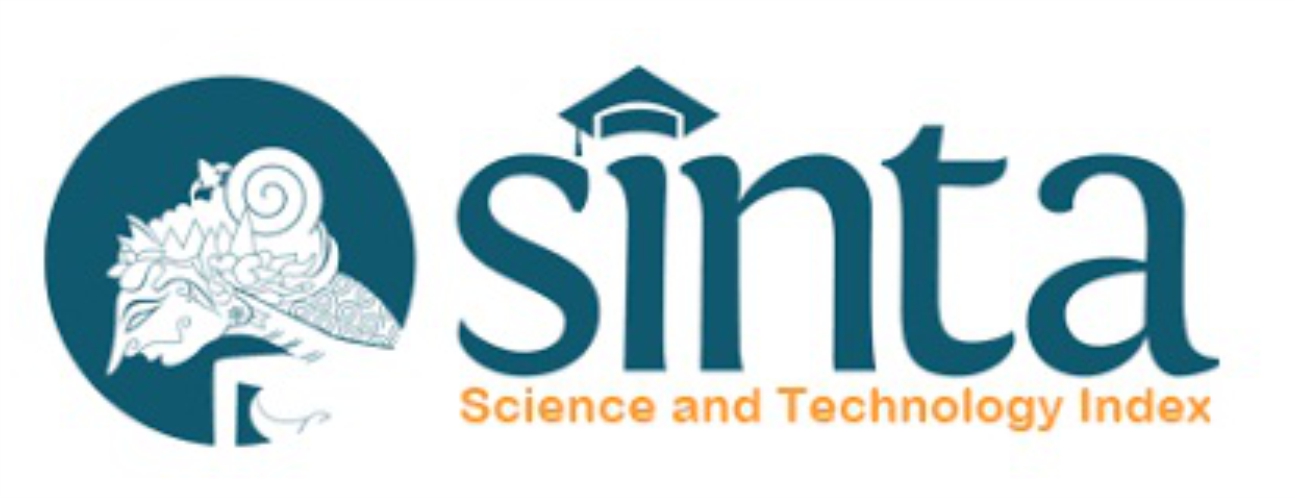Peran Fomepizole dalam Penanganan Toksisitas Etilen Glikol dan Dietilen Glikol
Abstract
Keywords
Full Text:
PDF (Bahasa Indonesia)References
Kirk Othmer. Encyclopedia of Chemical Technology, 4th edition, Vol. 21: 1982.
Church AS, Witting MD. Laboratory testing in ethanol, methanol, ethylene glycol, and isopropanol toxicities. J Emerg Med 15: 687-692; 1997.
Barceloux D, Krenzelok E, Olson K, Watson W. American Academy of Clinical Toxicology practice guidelines on the treatment of ethylene glycol poisoning. Clin Toxicol 1999;37:537–60
Jacobsen D, Barron S, Sebastian C, Blomstrand R, McMartin K. Non-linear kinetics of 4-methylpyrazole in healthy human subjects. Eur J Clin Pharmacol 1989;37:599-604
Ashurst JV, Nappe TM. StatPearls [Internet]. StatPearls Publishing; Treasure Island (FL): Jun 21, 2022. Methanol Toxicity. [PubMed]
Hagler, L. and Herman, R.H. Oxalate metabolism I-V. American Journal of Clinical Nutrition 26, 1973; 882-889;.
Brent J. Fomepizole for ethylene glycol and methanol poisoning. N Engl J Med 2009 :360: 2216-2223
Bobbit WH, Williams RM, Fred CR. Severe ethylene glycol intoxication with multisystemic failure. West J Med 1986; 144:225-8.
Abramson S, Singh AK. Treatment of the alcohol intoxications: ethylene glycol, methanol, and isopropanol. Curr Opin Nephrol Hypertens 2000:9: 695-701.
Brown CG, Trumbull D, Klein-Schwartz W, Walker JD. Ethylene glycol poisoning. Ann Emerg Med 1983;12:501-6.
Bayliss G. Dialysis in the poisoned patient. Hemodial Int 2010; 14:158-167.
Weiss B, Coen G. Effect of ethanol on ethylene glycol oxidation by mammalian liver enzymes. Enzymol Biol Clin 1966; 6:297-304.
Goldfrank LR, Flomenbaum NE. Toxic alcohols. In: Goldfrank LR, Flomenbaum NE, Lewin NA, Weisman RS, Howland MA, Hoffman RS, eds. Goldfrank’s toxicologic emergencies. 6th ed. Stamford, CT: Ap- pleton & Lange, 1998:1049-69
Church AS, Witting MD. Laboratory testing in ethanol, methanol, ethylene glycol, and isopropanol toxicities. J Emerg Med 15. 1997:687-692
Pietrusko R. Human liver alcohol dehydrogenase: inhibition of methanol activity by pyrazole, 4-methylpyrazole, 4-hydroxymethylpyrazole and 4-carboxypyrazole. Biochem Pharmacol 1975;24:10-3-7
Blom str and R, Ell in A, Lof A, ostling Wintz ell H. Biological effect and metabolic interaction after chronic and acute administration of fomepizole and ethanol to rats. Arch Biochem Biophys 1980;199:591-605
McMartin KE, Collins TD, Hewlett TP. High pressure liquid chromatographic assay of fomepizole:measurements of plasm and urine level. J toxicol clin toxicol 1984;22:133-48
Wu D, Clejan L, Potter B, Cederbaum A. Rapid decrease of cytochrome P-450IIEI in primary hepatocyte culture and its maintenance by added 4-methylpyrazole. Hepatology 1990;12:1379–89
Brent J, McMartin K, Phillips S, Burkhart KK, Donovan JW, Wells M, et al. Fomepizole in the treatment of uncomplicated ethylene glycol poisoning. Methylpyrazole for Toxic Alcohols Study Group. N Engl J Med1999;340:832-8.
AusPAR Antizol Fomepizole AFT Pharmaceuticals PM-2015-02803-1-3 Final 17 August 2017.
Product monograph. Antizole (fomepizole). Montreal, Quebec, Canada:Paladin Labs, October 3, 2000.
Baud FJ, Galliot M, Astier A, Bien DV, Garnier R, Likforman J, et al.Treatment of ethylene glycol poisoning with intravenous 4-methylpyra-zole. N Engl J Med 1988;319:97-100
Cavender FL, Sowinski EJ. Glycols. In: Clayton GD, Clayton FE, eds. Patty’s Industrial Hygiene and Toxicology. New York: John Wiley & Sons Inc.; 1994:4645–4719.
O’Neil M. The Merck Index. 14th ed. Whitehouse Station, NJ: Merck & Co; 2006.
Heilmair R, Lenk W, Lohr D. Toxicokinetics of diethylene glycol (DEG) in the rat. Arch Toxicol 1993; 67:655–666.
Mathews JM, Parker MK, Matthews HB. Metabolism and disposi- tion of diethylene glycol in rat and dog. Drug Metab Dispos 1991; 19:1066–1070.
Durand A, Auzepy P, Hebert JL, Trieu TC. A study of mortality and urinary excretion of oxalate in male rats following acute experimental intoxication with diethylene-glycol. Preliminary report. Eur J Intensive Care Med 1976; 2:143–146.
Hebert JL, Auzepy P, Durand A. Acute human and experimental poi- soning with diethylene glycol [French]. Sem Hop 1983; 59:344–349.
Haag HB, Ambrose AM. Studies of the physiological effect of diethyl- ene glycol: II toxicity and fate. J Pharmacol Exp Ther 1937; 59:93–100.
Wiley FH, Hueper WC, Bergen DS. The formation of oxalic acid from ethylene glycol and related solvents. J Ind Hyg Toxicol 1938; 20:267–277.
Cantarell MC, Fort J, Camps J, Sans M, Piera L. Acute intoxication due to topical application of diethylene glycol [letter]. Ann Intern Med 1987; 106:478–479.
Scalzo AJ. Diethylene glycol toxicity revisited: the 1996 Haitian epi- demic. J Toxicol Clin Toxicol 1996; 34:513–516.
Vale JA, Buckley BM. Metabolic acidosis in diethylene glycol poisoning. Lancet 1985; 2:394.
Schep LJ, Slaughter RJ, Temple WA, Beasley DM. Diethylene glycol poisoning. Clin Toxicol (Phila). 2009;47(6):525-35.
Heilmair R, Lenk W, Lohr D. Toxicokinetics of diethylene glycol (DEG) in the rat. Arch Toxicol 1993; 67:655–666.
Besenhofer LM, Adegboyega PA, Bartels M, Filary MJ, Perala AW, McLaren MC et al. Inhibition of metabolism of diethylene glycol prevents target organ toxicity in rats. Toxicol Sci 2010; 117(1):25–35.
Robinson CN, Latimer B, Abreo F, Broussard K, McMartin KE In-vivo evidence of nephrotoxicity and altered hepatic function in rats following administration of diglycolic acid, a metabolite of diethylene glycol. Clin Toxicol (Phila) 2017 ; 55(3):196–205
Brophy PD, Tenenbein M, Gardner J, Bunchman TE, Smoyer WE. Childhood diethylene glycol poisoning treated with alcohol dehydrogenase inhibitor fomepizole and hemodialysis. Am J Kidney Dis 2000; 35: 958–62.
Rollins YD, Filley CM, McNutt JT, Chahal S, Kleinschmidt- DeMasters BK. Fulminant ascending paralysis as a delayed sequela of diethylene glycol (Sterno) ingestion. Neurology 2002; 59: 1460–3.
DOI: https://doi.org/10.18860/jip.v8i1.20790
Refbacks
- There are currently no refbacks.
Copyright (c) 2023 Journal of Islamic Pharmacy

This work is licensed under a Creative Commons Attribution-ShareAlike 4.0 International License.
© 2023 Journal of Islamic Pharmacy













